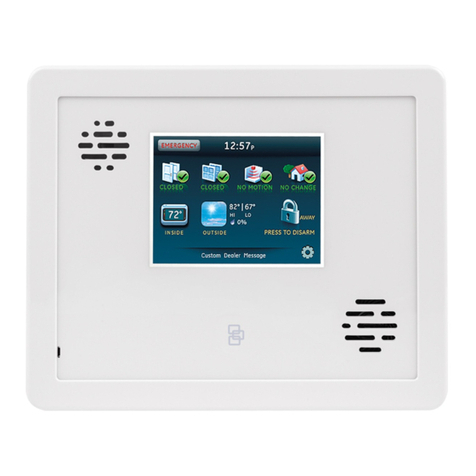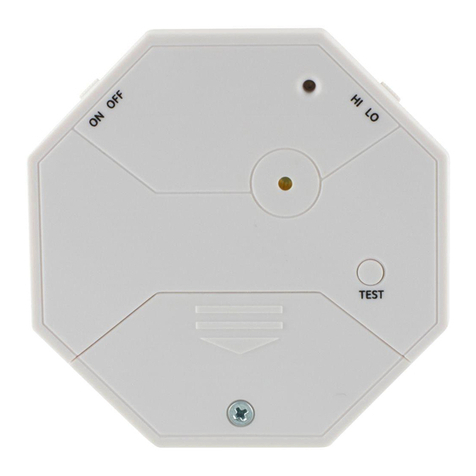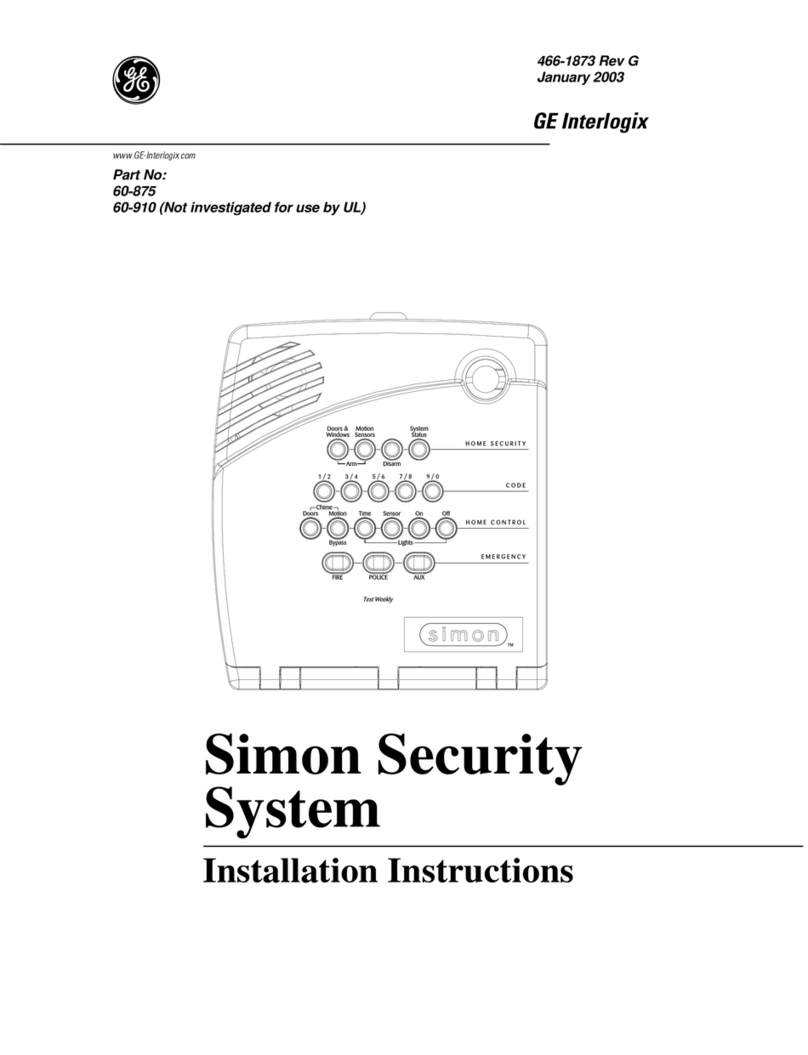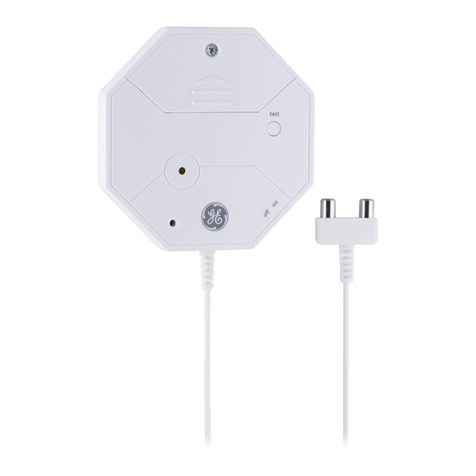GE Concord 4 User manual
Other GE Security System manuals
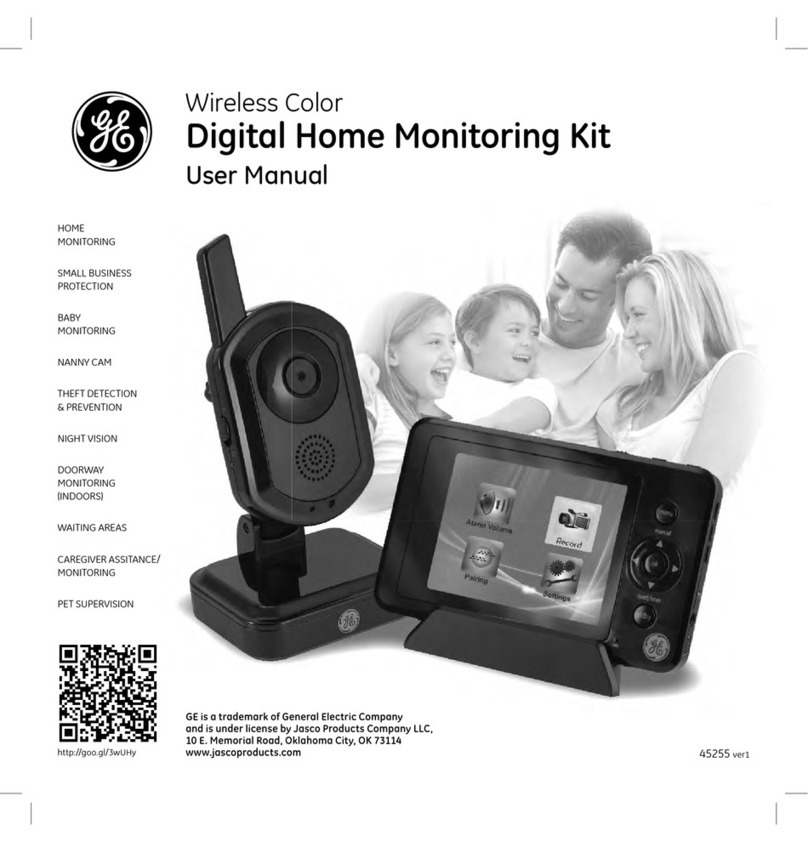
GE
GE Wireless Color Digital Home Monitoring Kit User manual
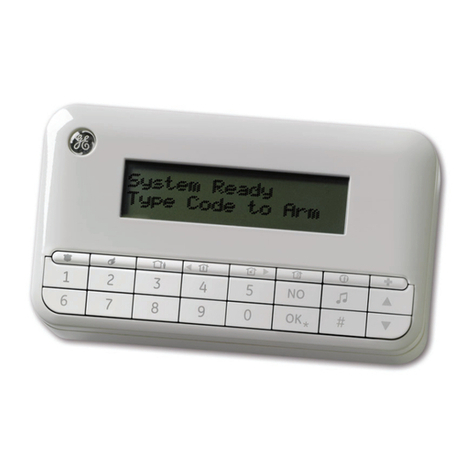
GE
GE NetworX V3 User manual
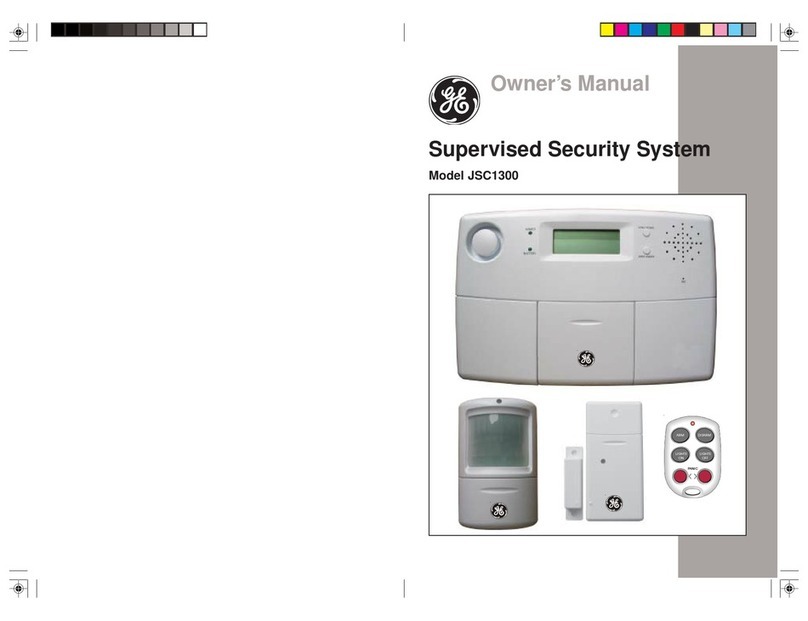
GE
GE JSC1300 User manual

GE
GE Simon XTi User manual

GE
GE VT71230-R3 Installation guide
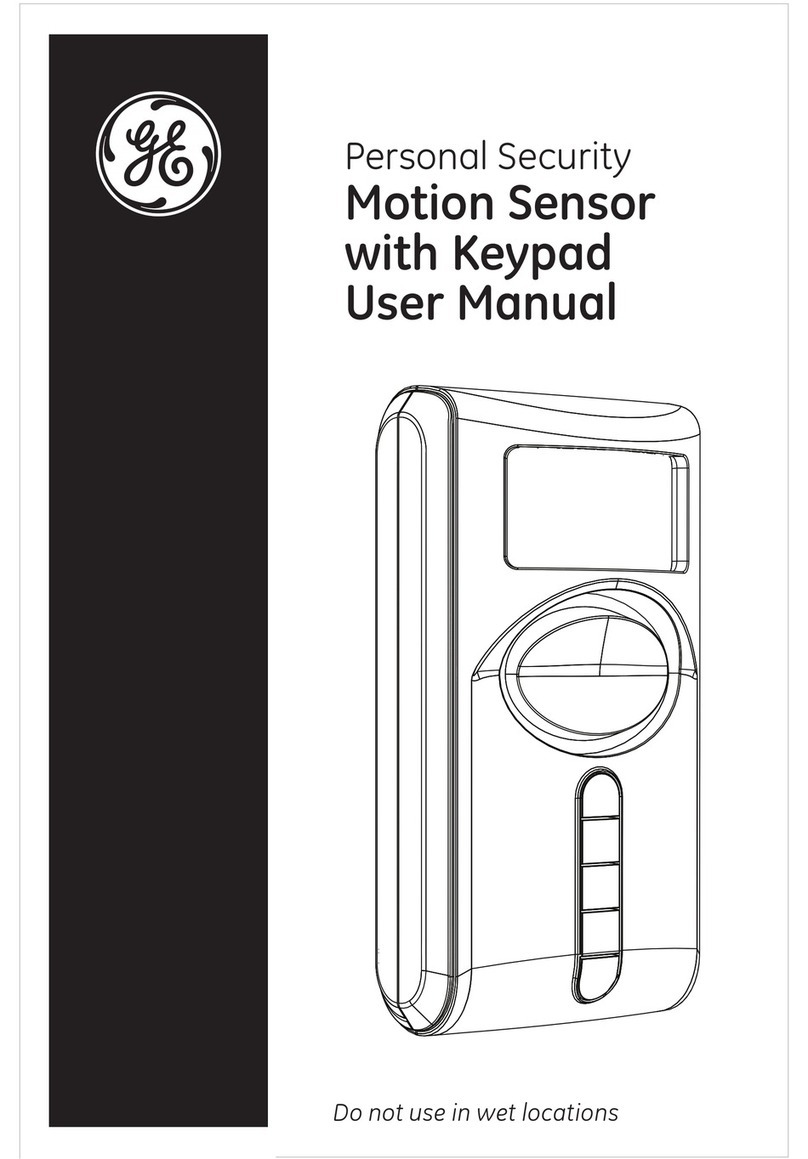
GE
GE 51209 User manual

GE
GE 50246 - Smart Home Door Stop Alarm User manual
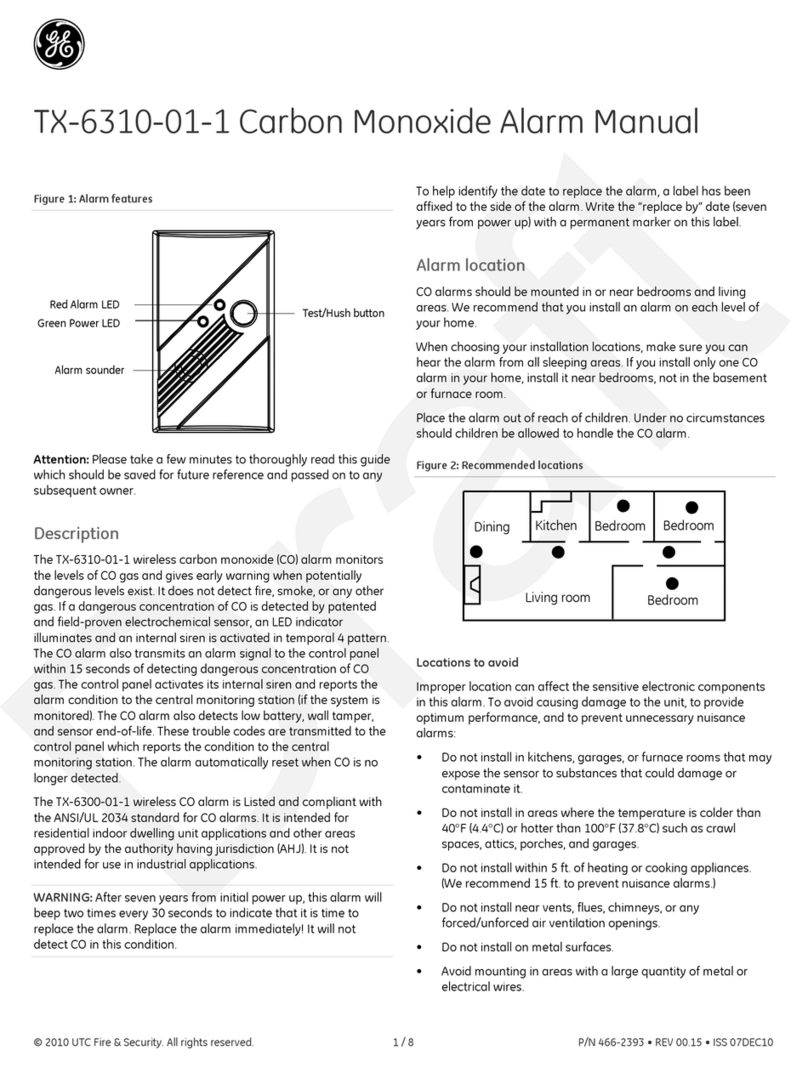
GE
GE TX-6310-01-1 b User manual

GE
GE Simon XT V2 User manual
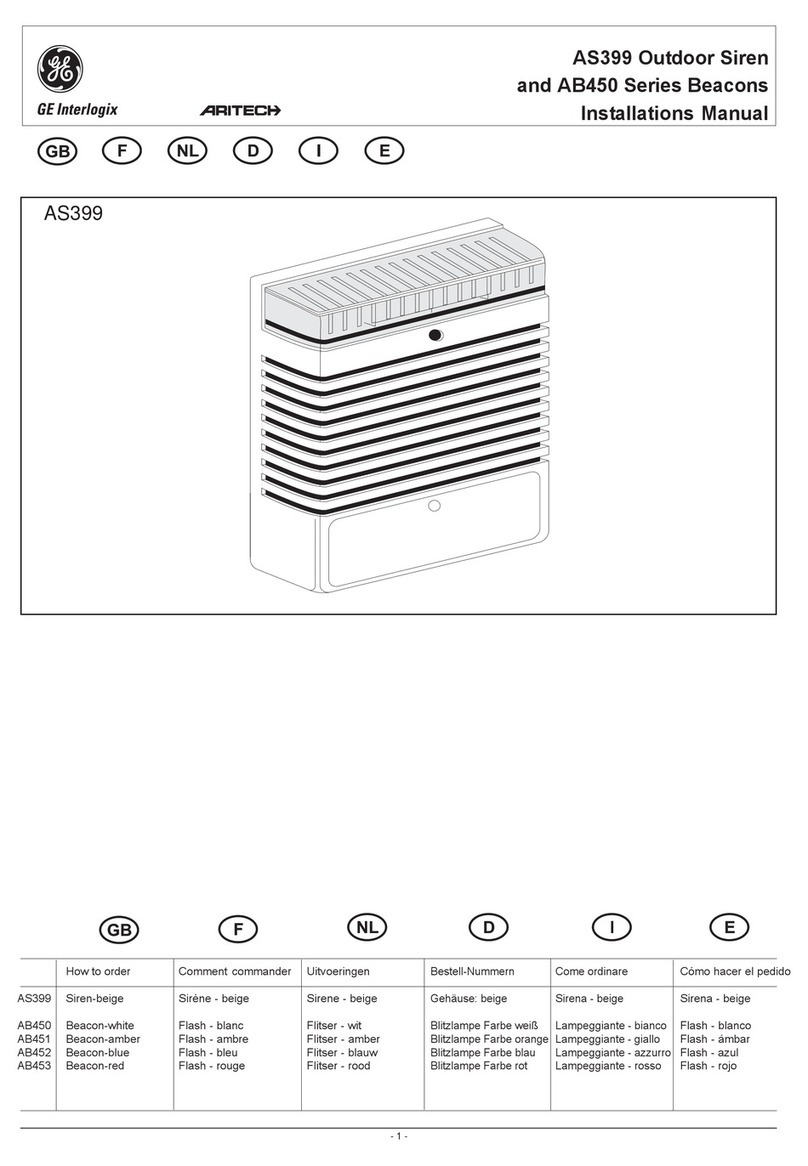
GE
GE ARITECH AS399 User manual
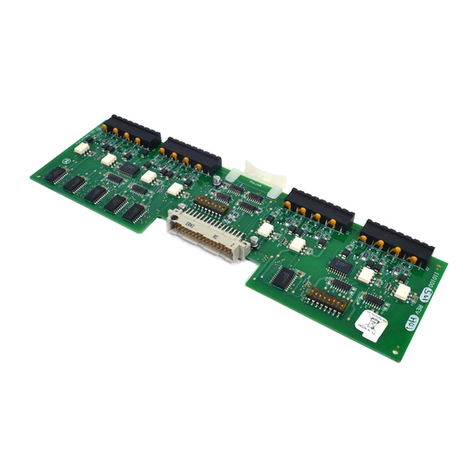
GE
GE 8RP Board Assembly instructions
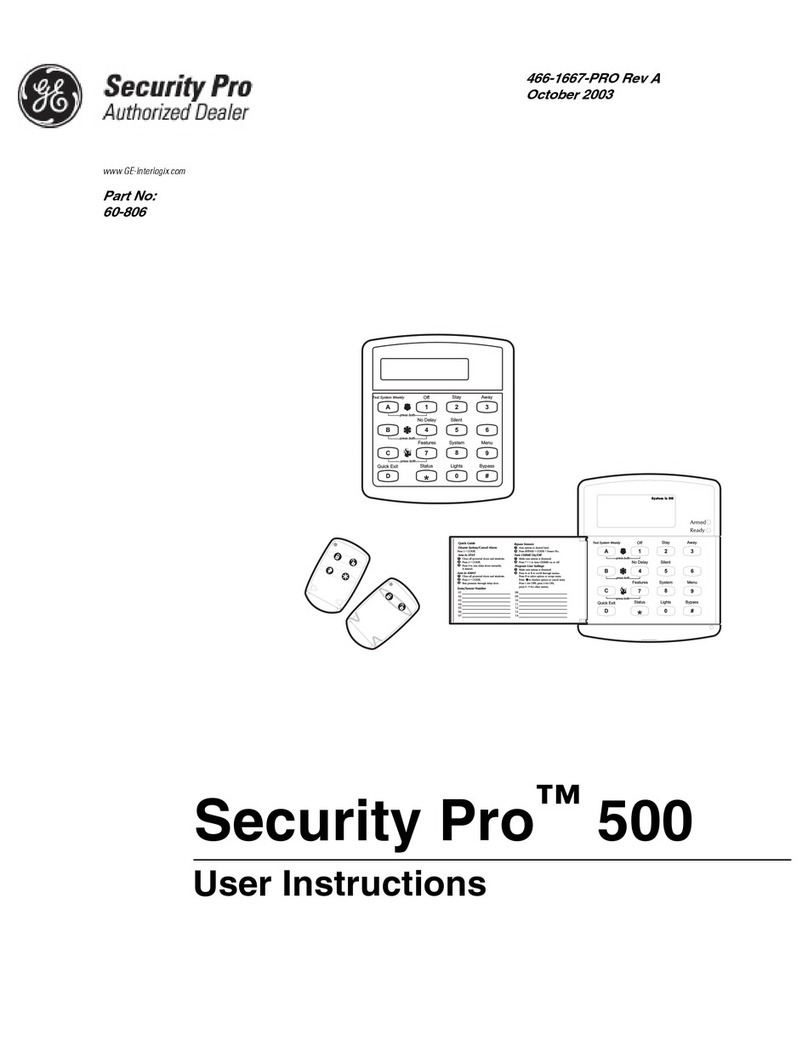
GE
GE Security Pro 500 User manual
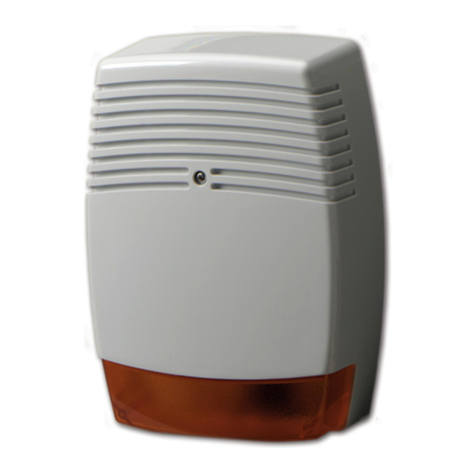
GE
GE TX-7201-05-1 User manual
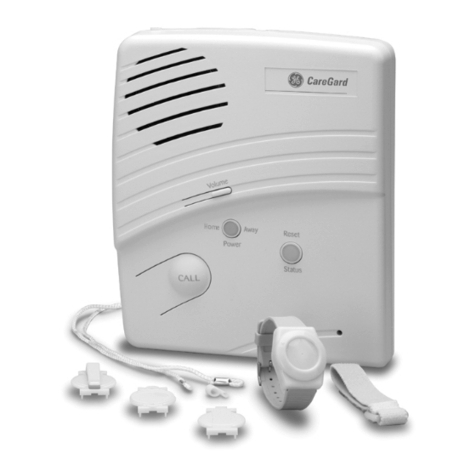
GE
GE CareGard User manual
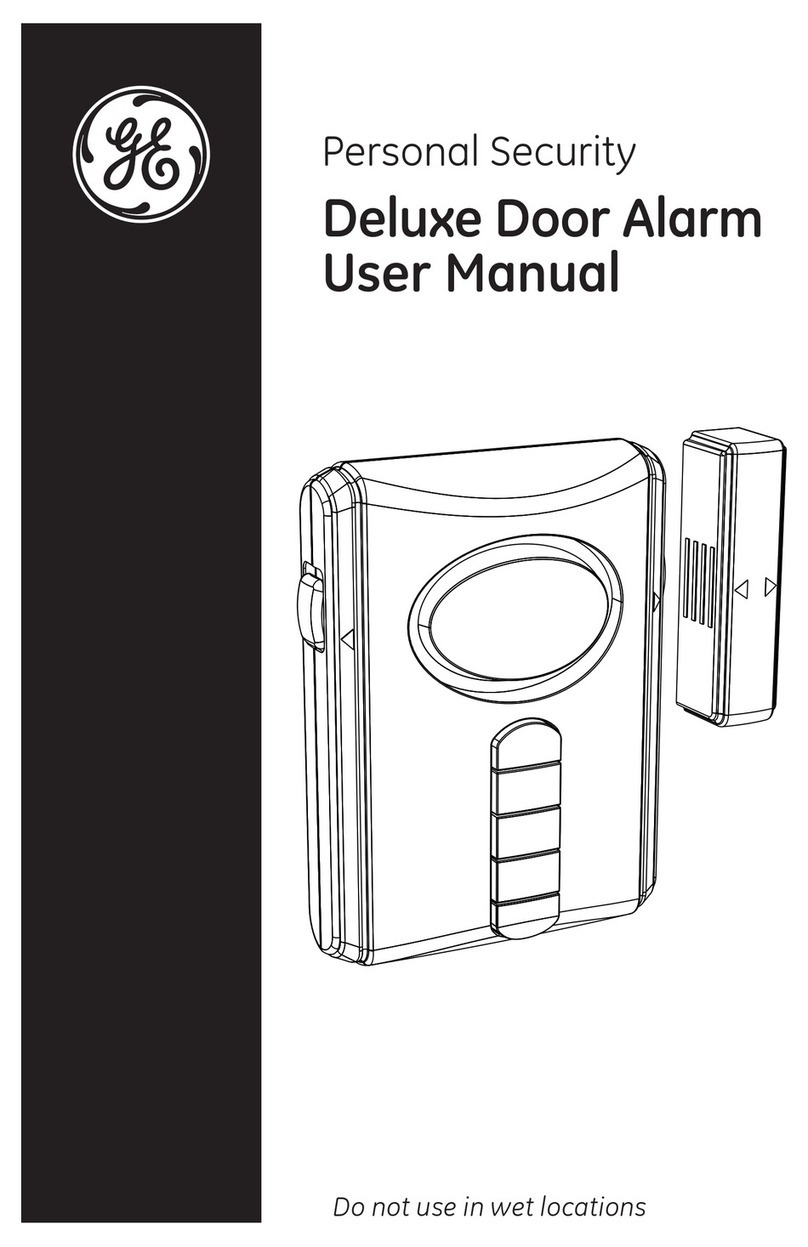
GE
GE DeluxeDoorAlarm User manual
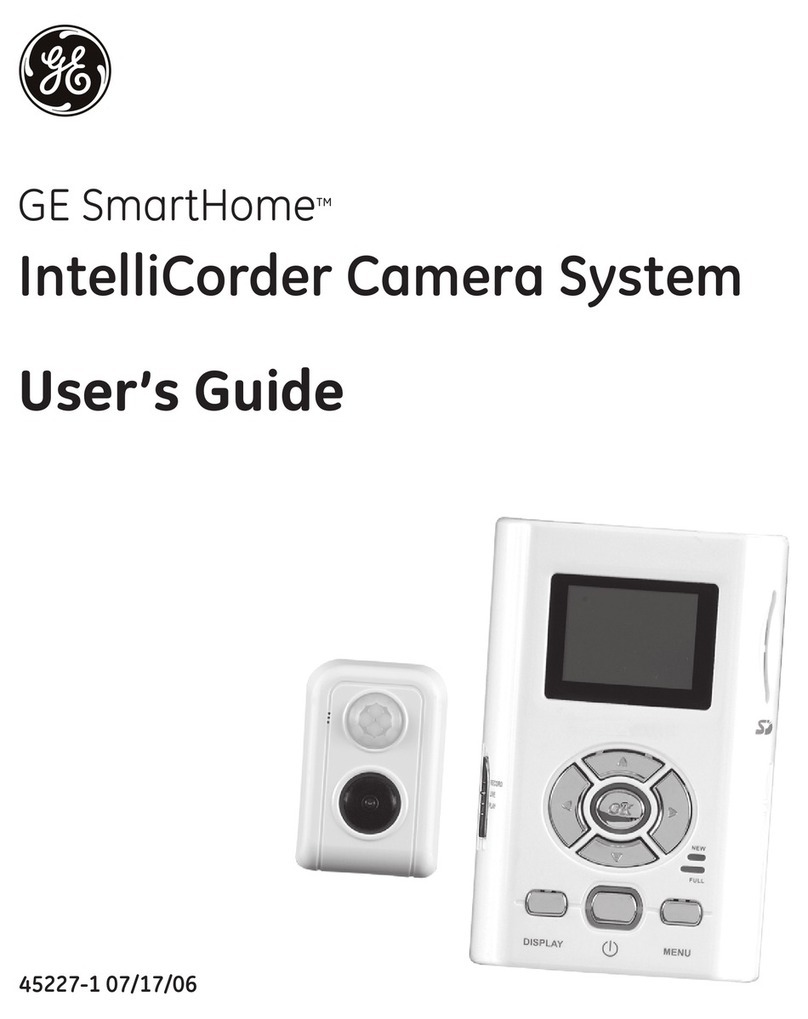
GE
GE SmartHome Series User manual
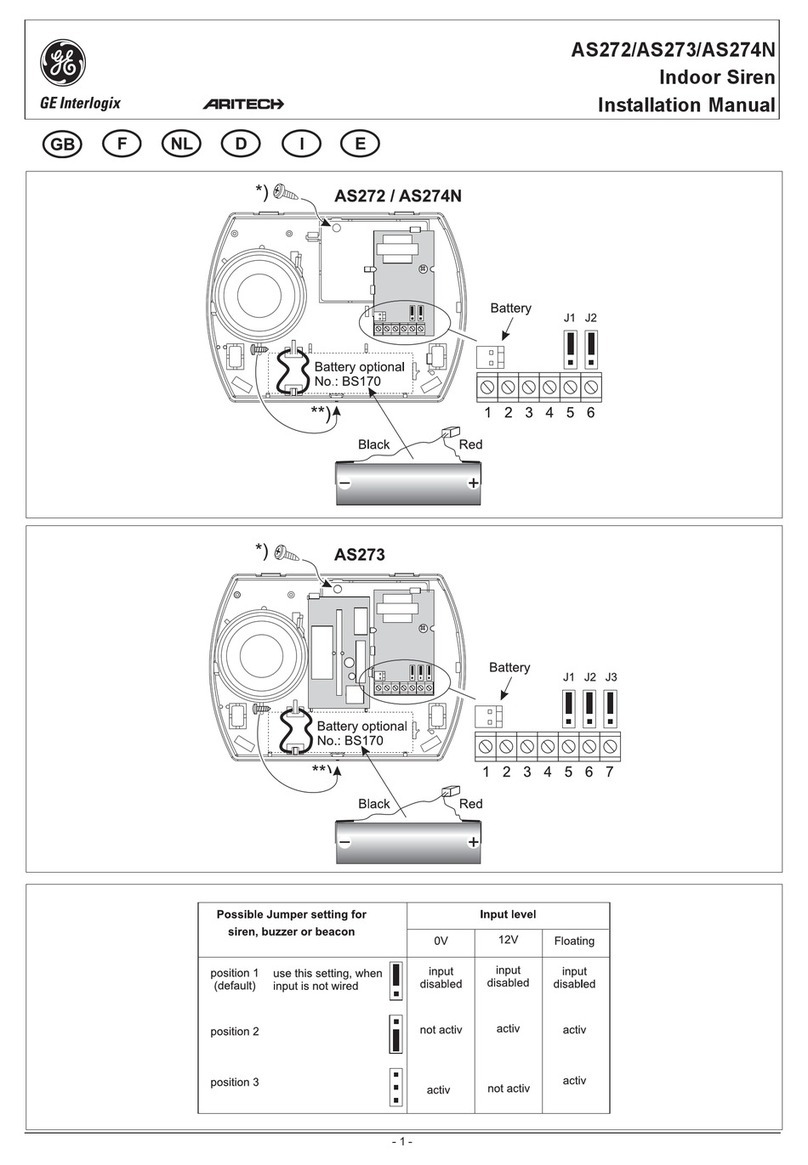
GE
GE AS272 User manual

GE
GE INT-22.5R1-24 User manual
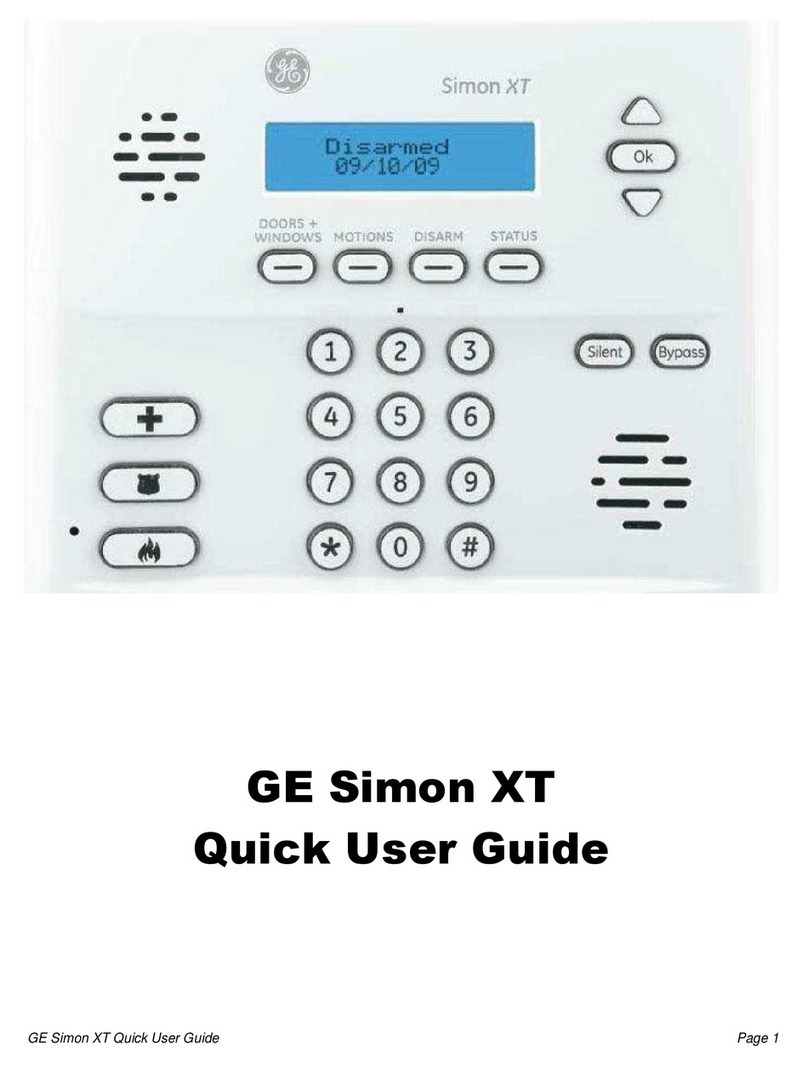
GE
GE SIMON XT Instruction manual
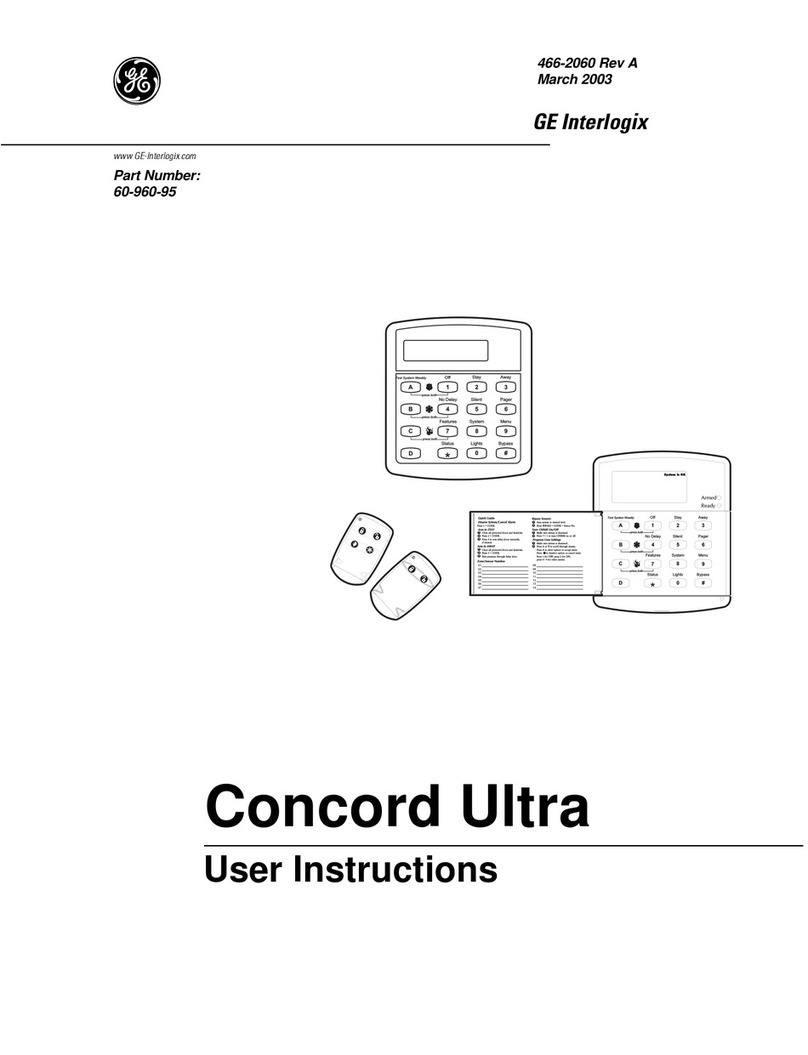
GE
GE Concord Ultra User manual
Popular Security System manuals by other brands

Secure
Secure USAB-1 operating instructions

B&B
B&B 480 SERIES Operation & maintenance manual

ADEMCO
ADEMCO VISTA-20P Series Installation and setup guide

Inner Range
Inner Range Concept 2000 user manual

Johnson Controls
Johnson Controls PENN Connected PC10 Install and Commissioning Guide

Aeotec
Aeotec Siren Gen5 quick start guide
